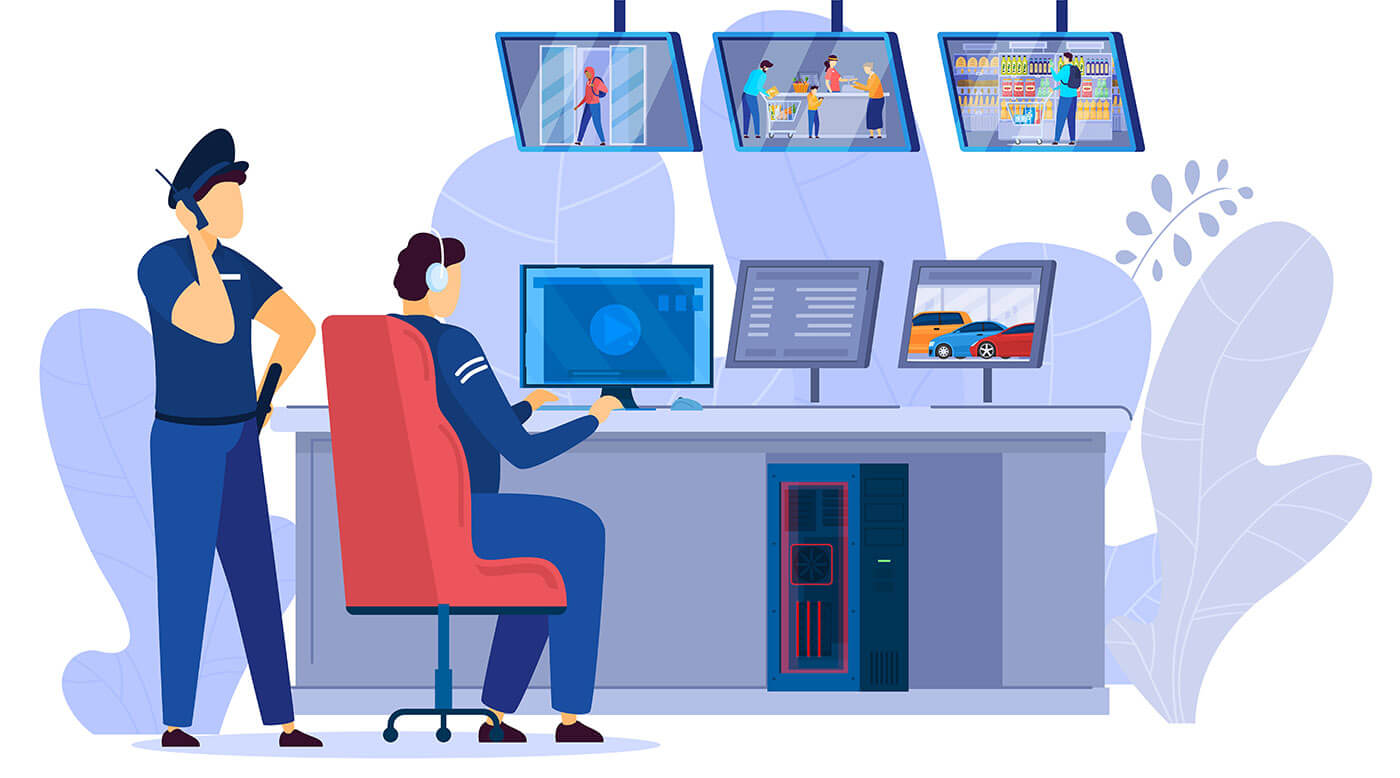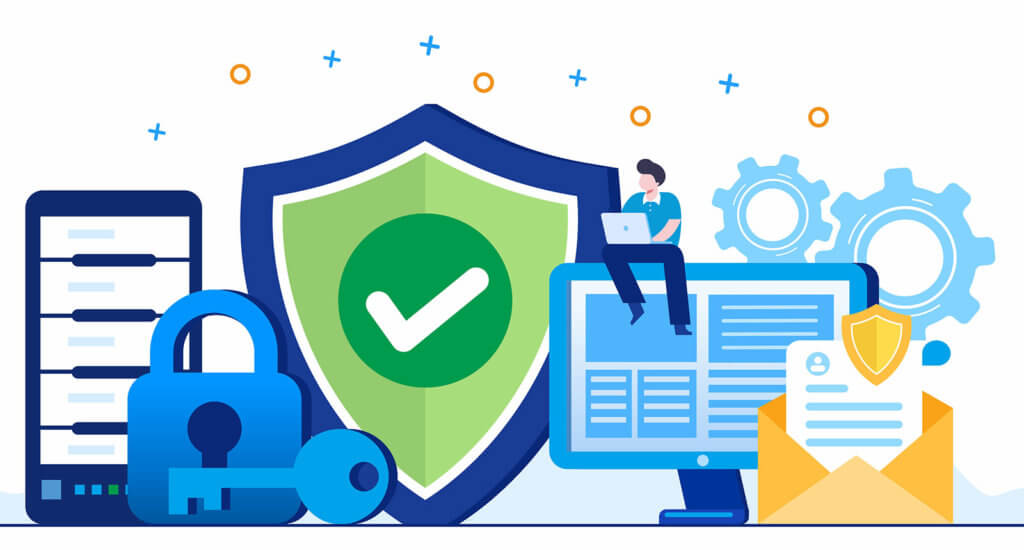What is User Activity Monitoring (UAM)
If you run a company, you know how difficult it can be to manage your employees. Some employees think that they can skimp on work, procrastinate on projects, and still get paid.
Staying on top of the inner workings of your business is critical to its success. You would not let employees slack off if you were sitting right next to them. Employee monitoring software allows you to have a similar oversight level, even in large companies or when working with remote employees.
Additionally, any business can be susceptible to a malicious attack. Whether it is through negligent employees or weak firewalls, you need to have another set of eyes on all your digital assets.
Running a business is hard work. But you should not feel like you have to be in more places than one to get a handle on some of its fundamental workings. User activity monitoring (UAM) can help a business stay on top of unruly employees and keep assets safe.

See how a user activity monitoring tool can save your business:
What is User Activity Monitoring?
UAM is when an organization monitors the activity on a computer or network to ensure compliance with privacy and security regulations. UAM moves beyond network monitoring to consider nearly all behavior on a device connected to the monitoring program. This might include network activity, system activity, data management, and applications used.
In general, UAM is designed to collect data and analyze whether the data violated a security policy or if behaviors were inappropriate. Usually, this data is compared against company regulations, so a business needs to identify its boundaries within company policy.
Depending on the UAM solution being used, there are many ways that UAM might be conducted, including:
- Video recordings of computer activity
- Session recording; user actions (via webcam)
- Keystroke logging
- Network packet inspection
- The activity log of applications and websites visited
- Screenshots
- And even kernel monitoring
The level of surveillance will depend on the software that the company uses and its surveillance goals. A business might use UAM to protect against time theft or from malicious actors stealing sensitive data. It’s up to the company to decide what is appropriate or not.
Benefits of a User Activity Monitoring Solution
UAM is typically implemented for two main reasons: to prevent a malicious attack on a company or prevent your employees from slacking off at work.
For threat detection, a UAM tool makes intuitive sense. Once data is collected, security advisers would then analyze it to identify associated risks, the time of day of occurrences, location of events, and identities or privileges, all measured against defined policies. If a user is in a file path that they should not be and perform an activity, this could indicate malicious activity or concerns of potential malicious intents.
Malicious activity can come from outside (an external malicious actor) or inside the company (an insider threat). Both threats can damage a company significantly. UAM software will monitor the activity of all your users to develop a baseline level of activity for each and the company as a whole. The user activity log will then compare active users’ behaviors against baseline activities to identify what is typical for that user and what is abnormal. If the user deviates from the baseline in the future, then the UAM software will alert the security team to this deviation.
When it comes to employee productivity monitoring, UAM might alert management to severe gaps in work-related behavior. If an employee says that they are working, but their projects take longer, or you do not see the results you are expecting, then a UAM software will show project management or the team lead how that employee is working. If an employee is frequently on social media when their job is not marketing-based, they may not be as productive as they say they are.
More than just time tracking, a UAM will show the applications that the employee was on the most and the websites visited. With this insight, you can see how often your employees are shopping for personal items instead of working.
How Security Team Conducts User Activity Monitoring

If you have more than five employees, you’ll want to consider implementing user behavior analytics and surveillance tools to monitor user activity.
You should be using software to track employee activity and analyze their behaviors. Since monitoring will collect any data, you need to implement a system like UAM to filter that data for valuable data protection efforts.
Because of these capabilities, security teams can analyze collected UAM data to identify employees conducting risk activity while using company resources, computers, or networks. This software primarily provides security teams with a targeted look inside the inner workings of computer activity to identify different types of behavior.
If a user is exhibiting risky, abnormal, or suspicious behavior, the UAM software will collect data that shows security teams exactly where this behavior is occurring. The security teams can then stop this activity in the best way possible.
User Activity Tracking Best Practices
Company-based user activity monitoring is legal broadly within the United States, but there are best practices to consider, especially since certain questionable practices could violate privacy laws.

Additionally, user activity monitoring is your primary defense line against a cybersecurity data breach, so you want to monitor the right activity.
- Consider Secret or Open Monitoring: Businesses can secretly perform user activity tracking, but this usually requires employees to use company computers. If you want to monitor secretly, you’ll still need to consider privacy laws and company guidelines. Larger companies might secretly monitor employees since it becomes difficult to track every movement. This type of monitoring is best for catching insider threats or secret slackers at work.
- Privilege Access: Restricting privilege access provides added barriers to your sensitive data. By enforcing privileged user access, you set hierarchies around who can access what data and contribute to a robust security protocol. Simply define access based on privilege and control privileged access through the admin user. Through privileged access controls, a business can restrict a whole subsection of users from sensitive financial records or personal information.
- Robust Password Policies: Nowadays, employees anticipate updating passwords regularly and updating passwords to fall within specific guidelines (i.e., a mix of lower case and capital letters, numbers, or symbols). Be sure to enforce these policies so passwords stay strong.
- Remove Shared Accounts: Account sharing can increase the rate of stolen credentials. Sharing accounts is bad practice as IT cannot trace all the individuals who access the shared account. Consider revoking shared privileges or tightly controlling who from outside of a company can access an account or file.
- Manage Remote Access: Remote access, like cloud access, is becoming more prevalent these days, but so are attacks linked to remote access endpoints. Be sure to tightly control how your remote employees access the network. Personal networks and public networks are extremely weak and they usually lack necessary security measures like firewalls. Company-based protocols should be developed to restrict activity like disk sharing, port-forwarding, or transfers between group members.
- Create Strong Authentication Procedures: Authentication procedures include two- or multi-factor authentication. You can use an authentication app, text, or email for authentication.
- Implement Data Protection Policies: Data protection policies should outline the acceptable use for data transfer and handling, like file sharing, handling sensitive info, and authorized applications.
- Keep a Forensics Log: Forensic log data for user monitoring should include visual evidence of any malicious activity or specific behavior patterns. User monitoring solutions collect data and provide visual forensics for security analysis at any time during the monitoring process.
Monitoring User Activity With SoftActivity
Keeping track of your workplace can be time-consuming. But with a comprehensive user activity monitoring software like SoftActivity, you have an all-in-one monitoring system. SoftActivity allows companies to secretly or openly monitor their employees through a streamlined monitoring system.
Collect data and analyze against your company policies to identify if or when employees are going rogue. Sometimes, negligent employees let in malicious actors. If this is the case, SoftActivity can alert your team to the potential security incident so your company can stop the security incident before it gets worse.
With a comprehensive administrator console, you can monitor your employees via multiple users’ live streams, tracking employee behavior all in one spot.See today how SoftActivity Monitor can save your company against insider threats, malicious attacks, and lazy employees!
By SoftActivity Team